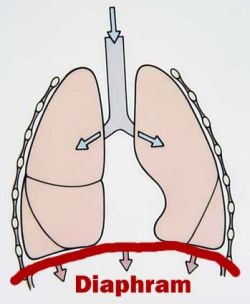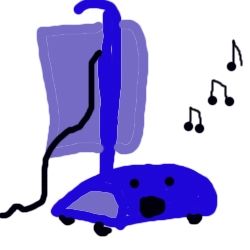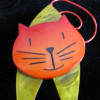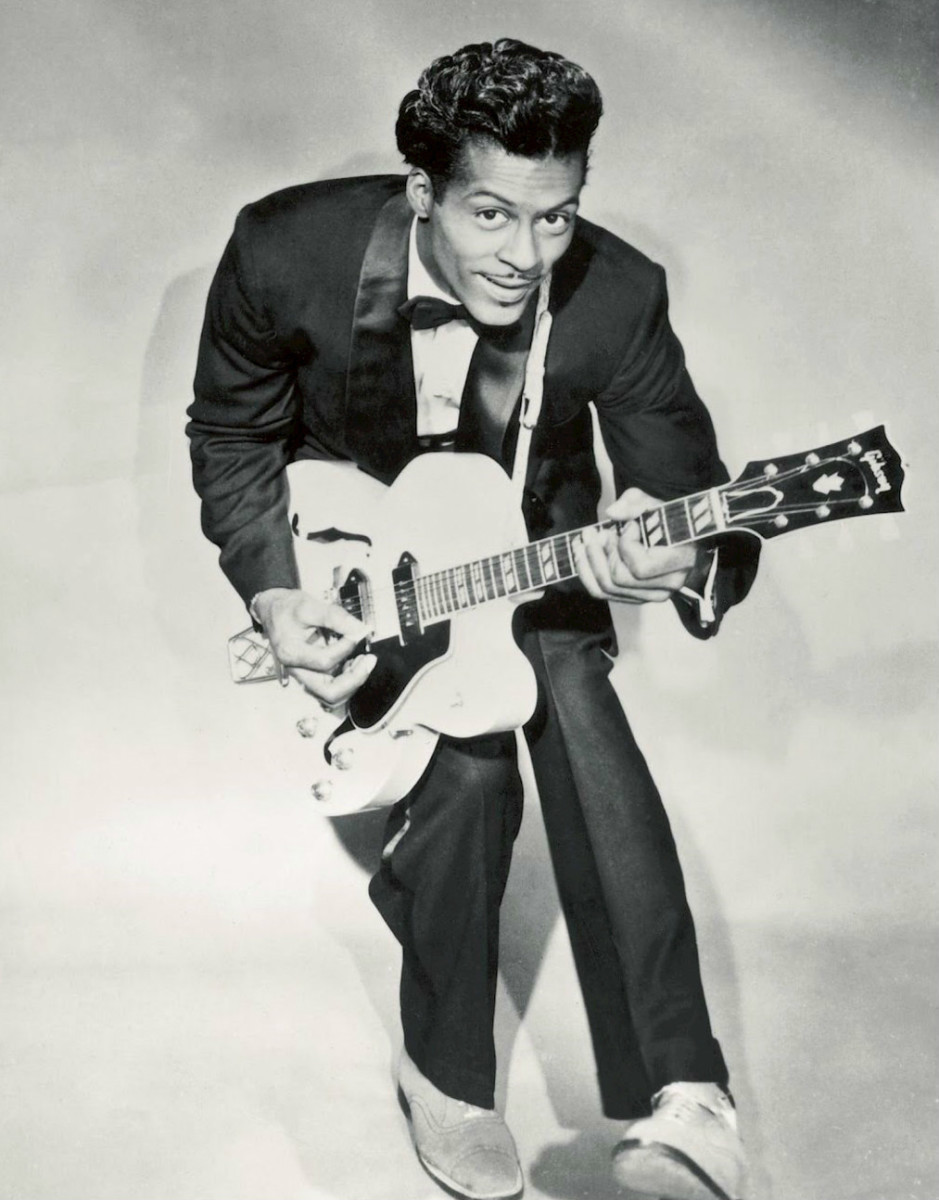5 Singing Tips for Singers

Tricks for Solving Vocal Problems
The voice is the musical instrument that everybody has. We are born with it, carry it around with us everywhere we go, and can abuse it unknowingly. I've been a vocalist for over 30 years, and have taught music and led choirs during much of that time. I've learned a few tricks over the years that have helped even the most hapless, but earnest singers find their voices. These singing tips are easy to do and will improve the quality of your voice in a very short time, if practiced regularly.

Singing Tip #1 Learn to Breathe
Your breath is the number one key to singing with a good tone. If you don't breathe properly, you can't support your tone. It will sound flat, lifeless and thin. Breathing correctly puts energy into your voice. It corrects pitch problems and makes your voice sound lively.
Breathing Exercise 1: The Rag Doll Flop
From a standing position bend over at the waist and hang your upper body loosely like a rag doll. While in this position...breathe. Feel where your breath is coming from? That is your diaphragm. Now that you know where it is, and what it feels like to breathe from your diaphragm, proceed to Exercise 2
Why this works: It is impossible to breath wrong in this position.
Breathing Exercise 2: The Flat Tire
Take a big, deep breath from your diaphragm. Let the air out as slowly as you can saying the letter "Sssssss...", like letting air out of a tire. Control the flow of air with your diaphragm. Do this regularly and you will find that you can sing longer between breaths. If you continue to use your diaphragm to control and support your singing, you will also find your pitch and tone quality much improved. .
Why this Works: Breathing from the diaphragm uses the WHOLE capacity of your lungs. The diaphragm is a muscle. Learning to use it properly gives you control over your voice. When you sing using only the upper part of your lungs, you have no control over the air you use in singing.

Singing Tip #2 Tune Your Ear
People think that it is impossible to teach someone who is tone-death to sing. They are wrong. Anyone can be taught to sing, but some people need to work at it harder than others. This exercise works with the natural harmonic resonance of our bodies to help tune your ear. Even accomplished singers will benefit from this simple , yet effective trick. Stay with me on this one, you may think it is weird, but it REALLY WORKS!
Ear Tuning Exercise: Duet With the Vacuum
Turn on the vacuum cleaner. Try to match the pitch it emits with your voice. Just hum (teeth apart inside, but lips closed) until you find the pitch. You will know when you find it when your lips stop buzzing. Hold that note for a minute, taking a breath if you need it. Listen to the sound of the two notes matching. Feel how it feels to have the notes perfectly in sync.
Now, raise or lower your pitch slightly to create the buzzing sensation again. Hold the tone for a bit, and feel how the body feels when the harmonics are not in tune.
Repeat this exercise often and you will be amazed at how you begin to not just hear, but feel notes and if they are right or not.
Why this works: The body has a natural harmonic resonance. When the harmonics are off, it will feel like the tones are at war with each other, creating an unpleasant buzzing, or vibration. When the harmonics match, everything smooths out again and a peaceful feeling prevails.

Singing Tip #3 Open Your Mouth
Seriously. Open your mouth. I can't tell you how many lovely voices have never been heard, simply because the singer is trying to sing without hardly opening their mouth. The mouth must be opened...wide on the vowels to let the sound out. To most people, singing right feels weird...awkward. It feels like you are opening your mouth TOO big and making a fool of yourself. It feels comical, like overacting. Well, it is overacting. You have a message to convey with song. In order to get that message across to everyone in the room, you have to make a sound big enough for all to hear...AND...the words must be sung clearly. The only way to do that is to open your mouth...BIG...and let the sound out. Put shyness aside, don't worry about what people thing, and open your mouth to sing.
Why this works: Sound can either be shaped, amplified or trapped by your mouth and how you use it. Close the lips and mouth, cut off the sound. It's that simple.
Tips for Singers #4 Opposite Day
Sometimes the right thing to do is opposite what you think you should do. This is especially true when a singer is "reaching" for a note, either higher or lower than their comfort zone. The natural inclination it to lift your chin and "reach" for a high note, or lower your chin to "dig" for the low note. This is totally wrong and results in high notes being "squeezed" or "pinched" and low notes will sound rough and gravelly.
DO THE OPPOSITE
Lower your chin slightly to sing higher notes and they will come easier and without strain. For low notes, raise your chin slightly and they will come easier as well.
Why this works: "Reaching" for a high note with uplifted chin actually constricts your airway and larynx causing your voice to sound pinched and strained. Singing like this consistently will make your voice feel tired and can lead to hoarseness. Lifting your chin slightly when trying to reach low notes actually makes more space for them. When you lower your chin, again, it compresses your singing mechanisms hurting your voice and your sound.

Tips for Singers #5 Relax
A singer's worst enemy is tension, or anxiety. When you are tense, your vocal chords become tense as well. It will make singing harder, you can strain your voice and even limit your range. Learn to relax.
Develop a routine that you should follow every time you sing. Pray, meditate, listen to calming sounds (like ocean or rain...not actual music or songs). Clear your head of all intrusive thoughts. Focus on the message your will be delivering though song.
Most of all...BREATHE! Take slow, deep breaths as you meditate or pray. You will feel calm and ready to meet your audience.
Be like my cat Darby, in this photo. Boneless, weightless, not a care in the world.
Teach Yourself to Sing
I love to sing, do you? Tell us about your favorite songs, music type, anything about music you want to share.









